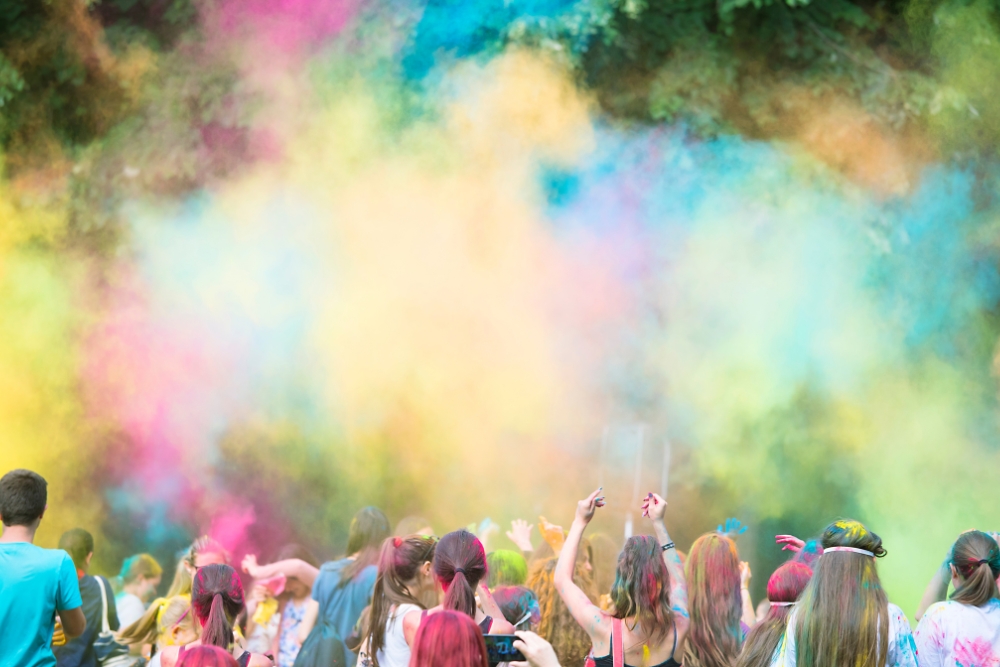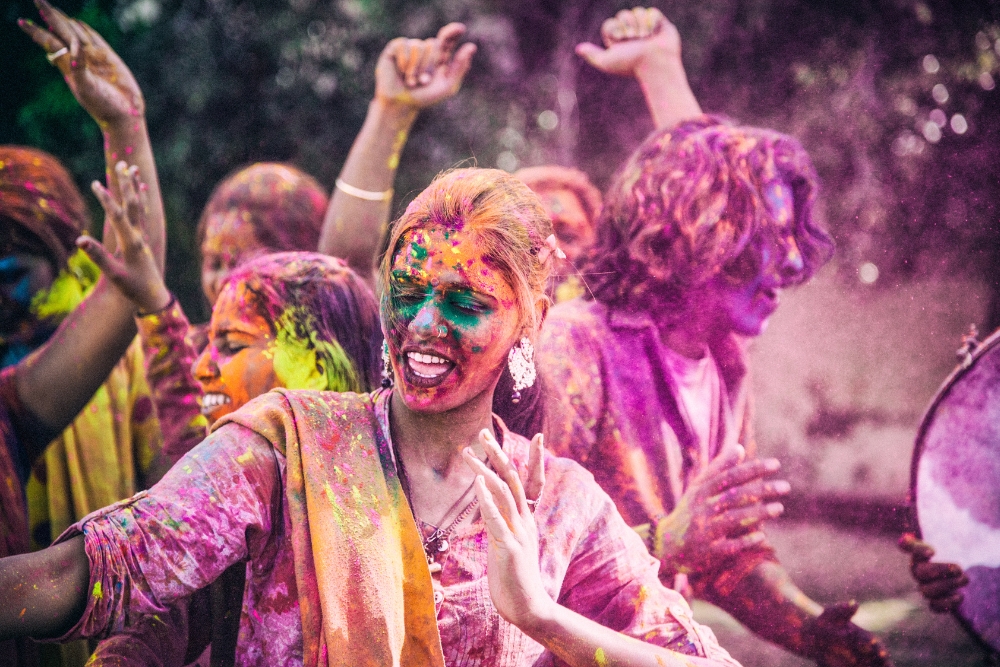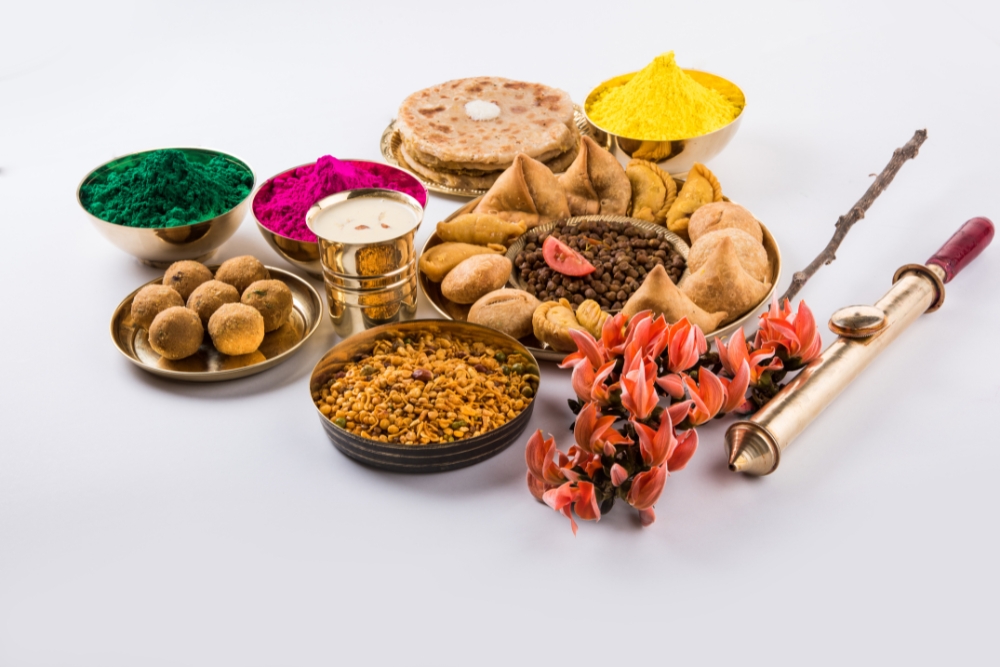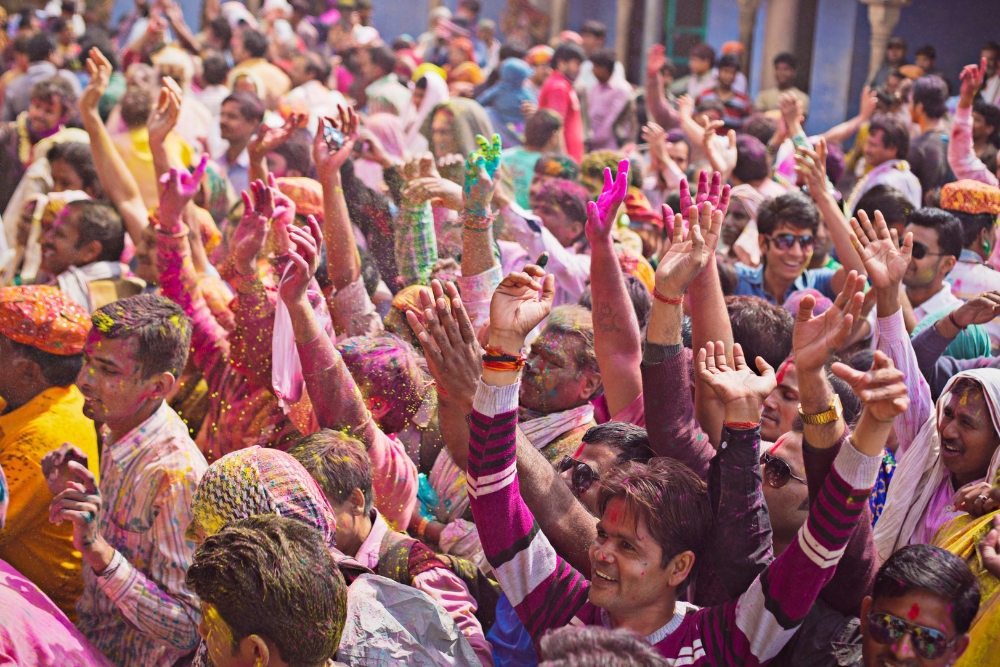Holi is one of the most popular and vibrant festivals celebrated in India and around the world. It is commonly known as the “festival of colors” or the “festival of love.” Holi is observed on the full moon day in the Hindu month of Phalguna, which typically falls in the month of February or March according to the Gregorian calendar. The Holi Festival is celebrated all over the world, but what does this celebration mean? Why do millions of people come together to celebrate it year after year? Read on to find out more about the Holi festival, its origins, and its significance in the lives of people around the world.
History of the Holi Festival

The origins of Holi can be traced back to ancient Hindu mythology, and the festival holds significant cultural, religious, and social significance in India. Holi honoring the victory of goodness over evil, the entry of early summer, and the end of cold season. It is a time for people to come together and forget their differences, to celebrate the bonds of friendship, and to spread joy and happiness to those around them.
One popular legend associated with Holi is the story of King Hiranyakashyap and his son Prahlad. The king was unhappy that his son was a devotee of Lord Vishnu and ordered his sister Holika to enter a fire with Prahlad in her lap. Holika had a cloak that protected her from harm, but when she entered the fire, the cloak flew from her to cover Prahlad, saving him and burning Holika to death. This legend symbolizes the victory of good over evil and is celebrated on the day before Holi as Holika Dahan.
Hiranyakashyap was surprised by the incident and challenged his son to show the existence of his God. When Prahlad claimed Lord Vishnu’s occurrence, his angry father broke down the pillar on which his son was sitting and was amazed to see a half-lion and half-human-featured boar arise from that. Lord Vishnu assumed the form of this massive boar, Narasimha, to rip Hiranya Kashyap’s body apart with his bare nails and kill the king in the evening.
There is another story related to Holi. The story of Radha and Krishna is also linked to the Holi Festival. Many consider Krishna to be the supreme god because he is the eighth incarnation of the Hindu god Vishnu. Krishna is said to have blue skin because, as a kid, he drank venomous milk from a creature. Krishna fell in love with the goddess Radha, but was afraid she would reject him because of his blue skin; However, Radha allowed Krishna to dye her skin with color, allowing them to become a true couple. On Holi, festival goers paint each other’s skin in honor of Krishna and Radha.
Tradition of Holi -A Festival Of Colors

The festival is celebrated with a series of rituals and ceremonies that involve the use of colors to symbolize happiness, love, and joy. Participants often dress up in brightly coloured costumes and go out into the streets to celebrate with traditional colors such as Gulal and Abir. The celebrations usually last for several days and involve a lot of dancing, singing, and revelry. Colors are used to express different emotions, and it is often said that wearing a particular color brings good luck. For example, red symbolizes passion, orange represents happiness, yellow represents wisdom, green represents nature, blue represents faithfulness, and white represents purity.
The significance of colors in Holi celebrations is evident from the very beginning of the festival. The traditional colors used during Holi are red, green, and yellow, which are believed to represent the energies of life, love, and light. Participants often throw colored powder at each other using water balloons or improvised containers. The purpose of throwing colors at each other is not just to have fun but also to cleanse oneself and remove any negative energy.
Holi: Food & Drinks

Foods and snacks commonly eaten during Holi celebrations include sweets such as jalebis, samosas, pakoras, halwas, gulab jamun, bhel pooris, ladoos, and the most famous, gujiya. It is also customary to drink lots of water, eat fruits, and take part in traditional games. Drinks commonly consumed during Holi include masala chai and lassi.
Worldwide Holi Celebration

Aside from its cultural and religious significance, Holi is also a celebration of spring and the end of winter, bringing with it new beginnings, hope, and happiness. Holi is a time for people to come together and celebrate the bonds of friendship and love, and to spread joy and happiness to those around them. Whether you are celebrating Holi in India or elsewhere. Holi has gained popularity as a global event, with parties and festivals being held in cities around the world, from New York to London to Sydney. Many people from different cultures and backgrounds participate in these events, creating a diverse and inclusive celebration of the festival. This is the specialization of Holi, everyone can celebrate and enjoy it.
In conclusion, Holi is a festival that brings people together, spreads joy and happiness, and celebrates the victory of good over evil. It is a time for people to forget their worries and embrace the spirit of the season, and to come together and celebrate the bonds of friendship and love. Whether you are in India or elsewhere in the world, Holi is a festival that is truly worth experiencing and celebrating.
